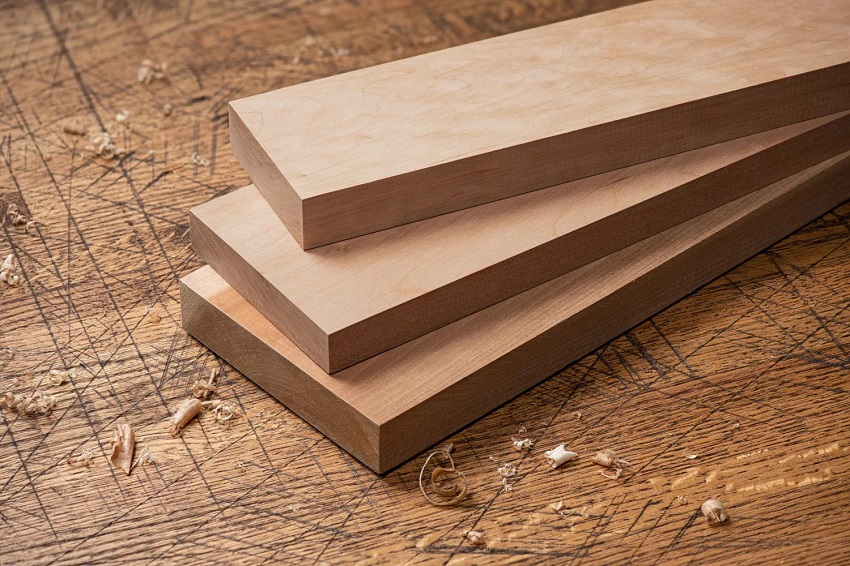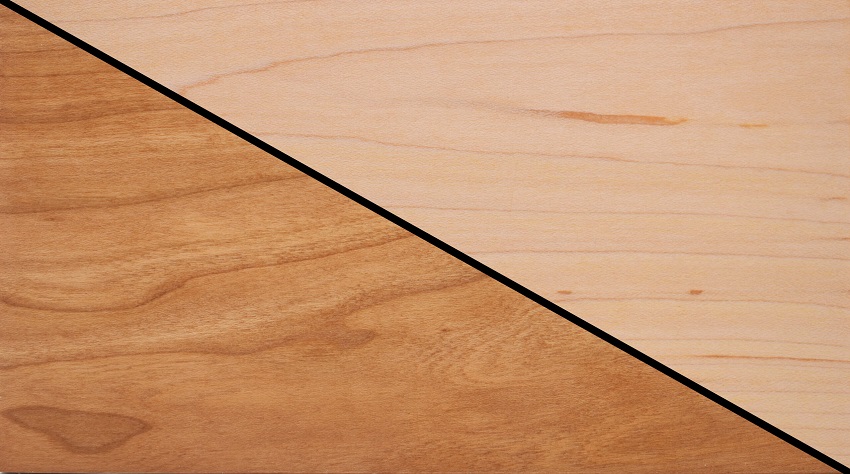
Is Maple Stronger Than Cherry?
When it comes to choosing the right type of wood for furniture or flooring, there are various options available. Two popular choices are maple and cherry wood. Both have their unique qualities and characteristics, but the question that often arises is, “Is maple stronger than cherry?” In this article, we will delve into the properties of maple and cherry wood, comparing their strength and durability. By exploring their differences and similarities, you can make an informed decision when selecting the ideal wood for your specific needs.
Understanding Maple Wood
What is Maple Wood?
Maple wood is derived from the trees of the Acer genus, commonly found in North America. It is known for its appealing light-colored appearance, with variations ranging from creamy white to pale yellow. In terms of maple species, there is a noticeable difference on red maple vs japanese maple. However, both types of maples produce high-quality wood that is highly regarded for its durability, strength, and resistance to wear and tear.
Strength and Durability of Maple Wood
Maple wood is considered to be one of the strongest and most durable hardwoods available. Its robust nature allows it to withstand heavy usage and impact, making it suitable for furniture, flooring, and other applications that require sturdiness. The tight grain structure of maple wood contributes to its strength, providing stability and reducing the risk of warping or splitting over time.
Applications of Maple Wood
Due to its exceptional strength, maple wood finds extensive use in various industries. It is commonly used in furniture manufacturing, particularly for chairs, tables, and cabinets. The sturdiness of maple also makes it a preferred choice for flooring, where it can withstand high foot traffic and retain its beauty for years to come. Additionally, maple wood is frequently utilized in the production of musical instruments, such as guitars and violins, due to its resonance and tonal qualities.
Exploring Cherry Wood
What is Cherry Wood?
Cherry wood comes from the Prunus genus of trees and is known for its warm reddish-brown tones. It possesses a distinct grain pattern and exhibits a natural luster, making it visually appealing and highly sought after for its aesthetic qualities.
Strength and Durability of Cherry Wood
While cherry wood may not be as strong as maple, it still offers considerable durability and resilience. It is classified as a hardwood and is well-suited for furniture and cabinetry. Cherry wood is moderately resistant to shock and impact, making it suitable for everyday use. However, it is worth noting that cherry wood is softer compared to maple and may be more prone to dents and scratches.
Applications of Cherry Wood
Cherry wood is widely used in the production of high-quality furniture, providing an elegant and timeless appearance. Its warm color develops a rich patina over time, adding to its visual allure. Additionally, cherry wood is utilized in crafting kitchen cabinets, interior paneling, and decorative items. Its versatility and aesthetic appeal make it a popular choice for both traditional and contemporary designs.
Choosing Between Maple and Cherry Wood
When deciding between maple and cherry wood, it is crucial to consider your specific requirements and preferences. Here are a few factors to keep in mind:
Strength and Durability
If strength and durability are your primary concerns, maple wood is the superior choice. Its robust nature and resistance to wear and tear make it suitable for high-traffic areas and heavy usage.
Aesthetic Appeal
Cherry wood offers a distinct visual appeal with its warm tones and unique grain patterns. If you prioritize the aesthetics and desire a classic, timeless look, cherry wood may be the ideal option.
Maintenance
Maple wood requires minimal maintenance, thanks to its durability and resistance to damage. On the other hand, cherry wood may require more care to preserve its appearance, as it is softer and more susceptible to scratches and dents.
Budget
Consider your budget when making a decision. Maple wood tends to be more affordable compared to cherry wood, which is often considered a premium option due to its unique characteristics.
Conclusion
Both maple and cherry wood possess their own strengths and qualities. Maple wood stands out for its exceptional strength and durability, making it suitable for various applications that require robustness. On the other hand, cherry wood offers a distinct aesthetic appeal with its warm tones and graceful grain patterns. Ultimately, the choice between maple and cherry wood depends on your specific needs, preferences, and budget.
Remember to consider the intended use, desired aesthetics, and maintenance requirements when selecting the ideal wood for your project. By carefully weighing the pros and cons of maple and cherry wood, you can make an informed decision that ensures your satisfaction for years to come.
